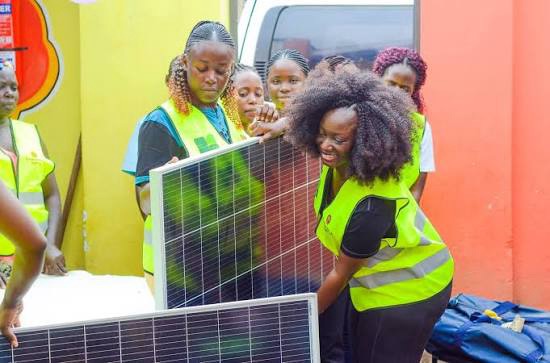Across the United States, the integration of large lithium-ion battery systems with electrical grids is on the rise, driven by the need for efficient energy storage during peak demand periods. However, this boom has sparked significant pushback from residents concerned about the potential dangers these energy systems could pose. Earlier this year, a massive facility in California caught fire, prompting widespread alarm and leading many communities to reevaluate the safety of such technologies.
Michael McGinty, the mayor of Island Park, New York, expressed the feelings of many when his community enacted a moratorium on new battery storage systems, stating, We’re not guinea pigs for anybody... we are not going to experiment, we’re not going to take risks. Around the country, dozens of localities have similarly taken steps to temporarily halt the development of new battery systems.
As states like New York prepare for an influx of offshore wind energy, opposition to battery storage has garnered national attention, including visits from high-profile politicians. Criticism from the Trump administration highlighted concerns over expedited project approvals aimed at meeting aggressive sustainability goals, a claim state leaders firmly denied.
Battery energy storage systems, or BESS, play a crucial role in the transition toward greener energy, providing stability to grids and helping mitigate blackouts. However, fears surrounding thermal runaway—a situation where a battery's temperature rises uncontrollably—have led to heightened scrutiny. The Moss Landing fire serves as a stark reminder of the risks involved.
Experts assure that advances in technology have drastically improved safety, yet community resistance persists. Recent data shows a surge in moratoriums coinciding with rapid battery storage deployments, particularly in areas like New York, where residents seek assurances against potential hazards.
In various regions, locals grapple with the prospect of large-scale lithium-ion facilities being built nearby, debating between the necessity of renewable energy infrastructure and the associated risks to their communities. While developers maintain the safety of their designs, the debate over the best path forward continues, reflecting broader concerns about balancing innovation with public safety in the realm of energy generation.
Michael McGinty, the mayor of Island Park, New York, expressed the feelings of many when his community enacted a moratorium on new battery storage systems, stating, We’re not guinea pigs for anybody... we are not going to experiment, we’re not going to take risks. Around the country, dozens of localities have similarly taken steps to temporarily halt the development of new battery systems.
As states like New York prepare for an influx of offshore wind energy, opposition to battery storage has garnered national attention, including visits from high-profile politicians. Criticism from the Trump administration highlighted concerns over expedited project approvals aimed at meeting aggressive sustainability goals, a claim state leaders firmly denied.
Battery energy storage systems, or BESS, play a crucial role in the transition toward greener energy, providing stability to grids and helping mitigate blackouts. However, fears surrounding thermal runaway—a situation where a battery's temperature rises uncontrollably—have led to heightened scrutiny. The Moss Landing fire serves as a stark reminder of the risks involved.
Experts assure that advances in technology have drastically improved safety, yet community resistance persists. Recent data shows a surge in moratoriums coinciding with rapid battery storage deployments, particularly in areas like New York, where residents seek assurances against potential hazards.
In various regions, locals grapple with the prospect of large-scale lithium-ion facilities being built nearby, debating between the necessity of renewable energy infrastructure and the associated risks to their communities. While developers maintain the safety of their designs, the debate over the best path forward continues, reflecting broader concerns about balancing innovation with public safety in the realm of energy generation.






















